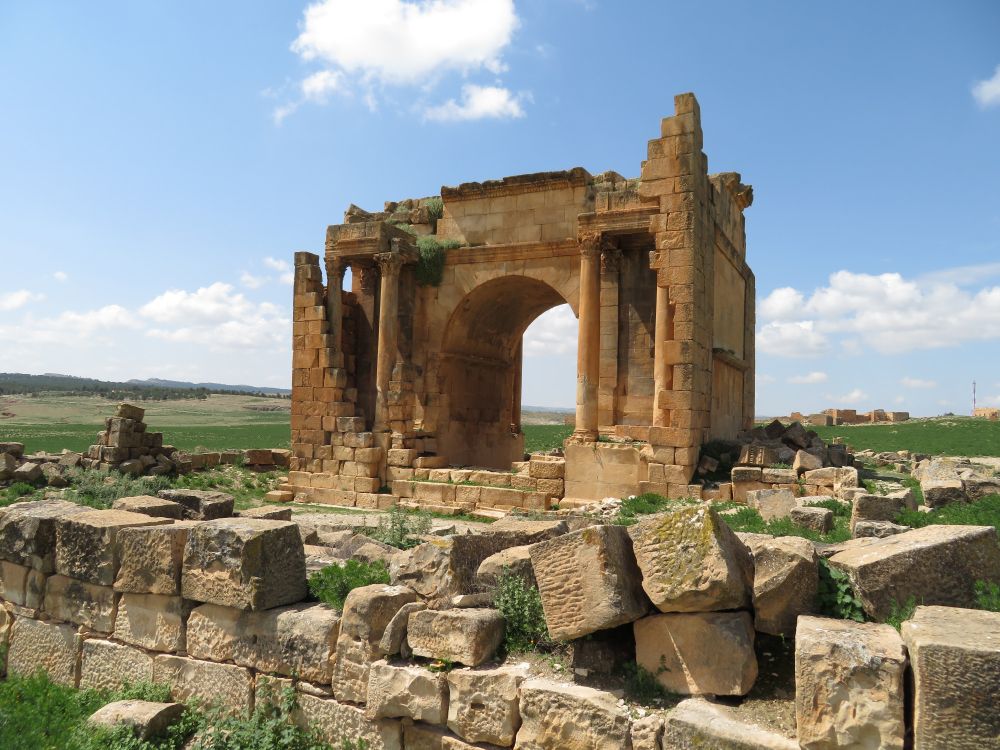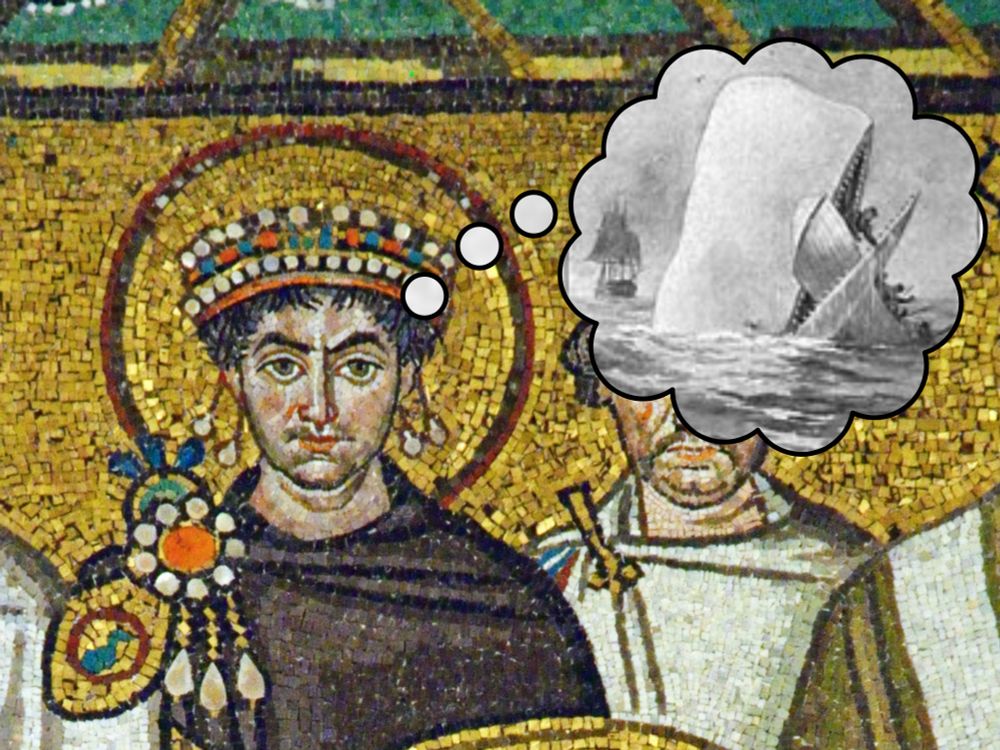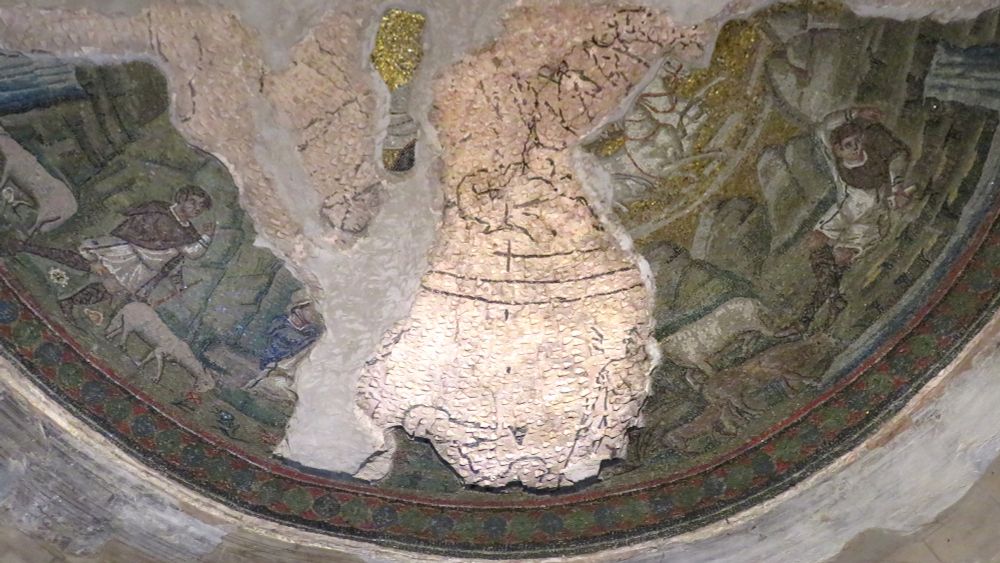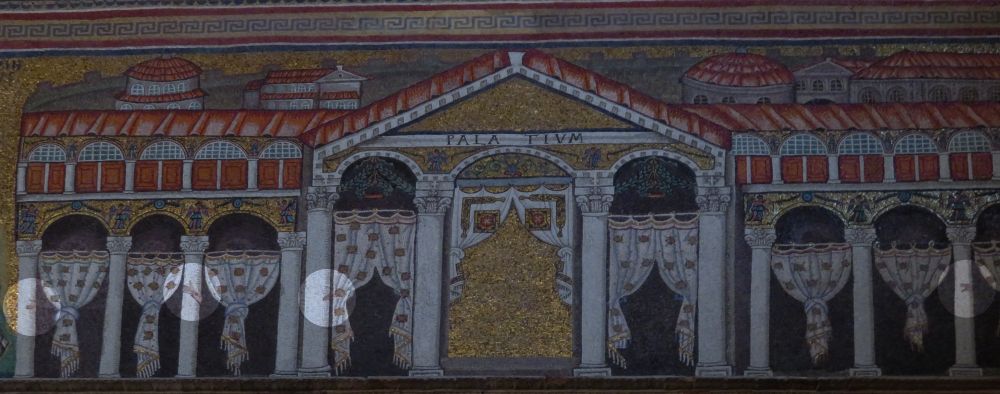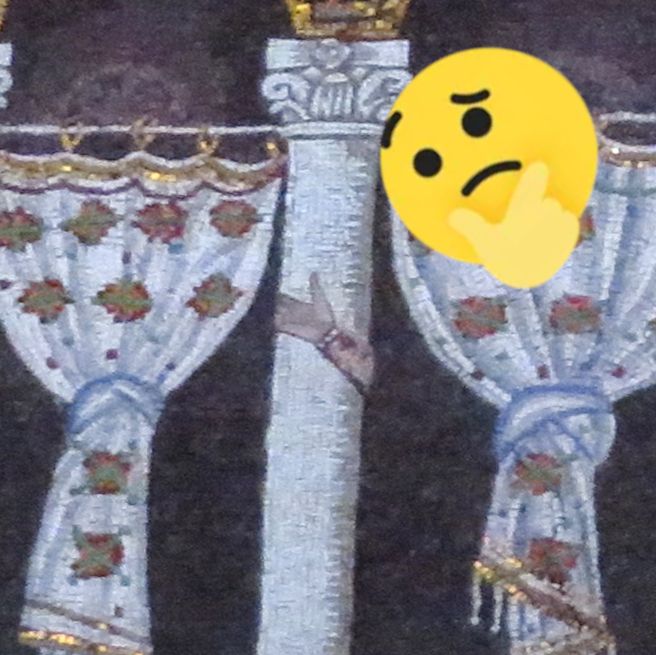
https://www.openantiquities.org
It's completely free (unless you'd like to make a donation) and is the first Classics textbook written for the Scottish education system in two generations! ✊⚡
www.workingclassicists.com/national-5-c...

It's completely free (unless you'd like to make a donation) and is the first Classics textbook written for the Scottish education system in two generations! ✊⚡
www.workingclassicists.com/national-5-c...

Photo: Parco Archeologico Campi Flegrei

Photo: Parco Archeologico Campi Flegrei
Quite the welcome in the entrance hall of the recently conserved House of the Boar, #Pompeii
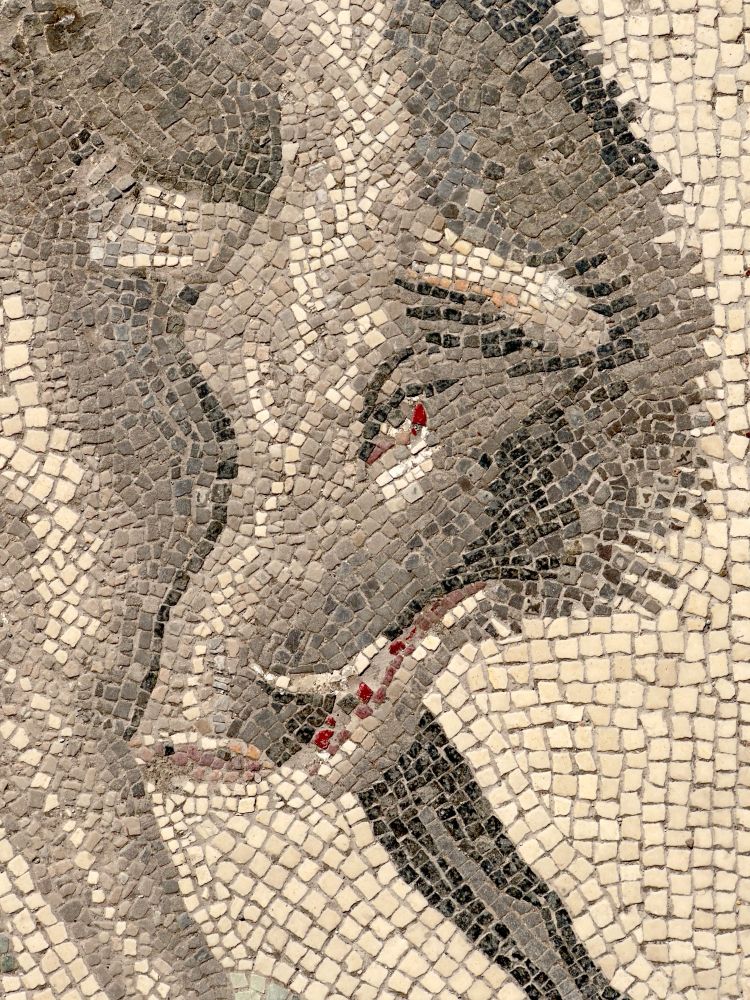
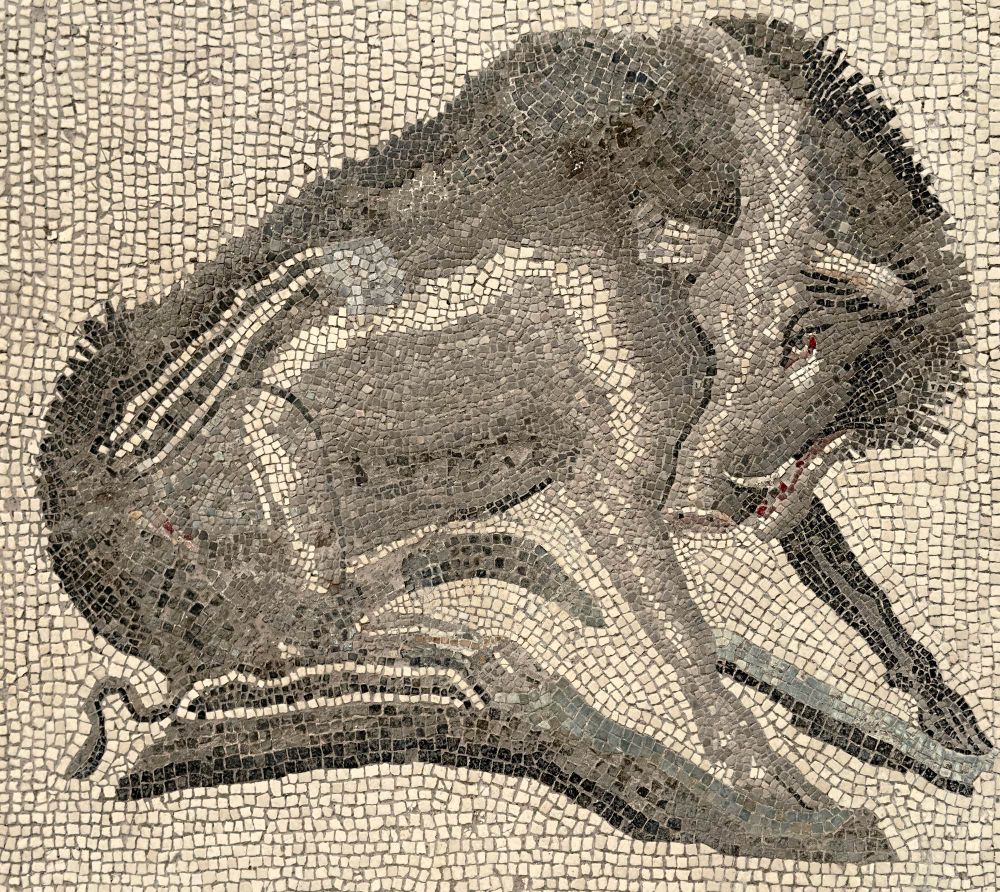

Quite the welcome in the entrance hall of the recently conserved House of the Boar, #Pompeii
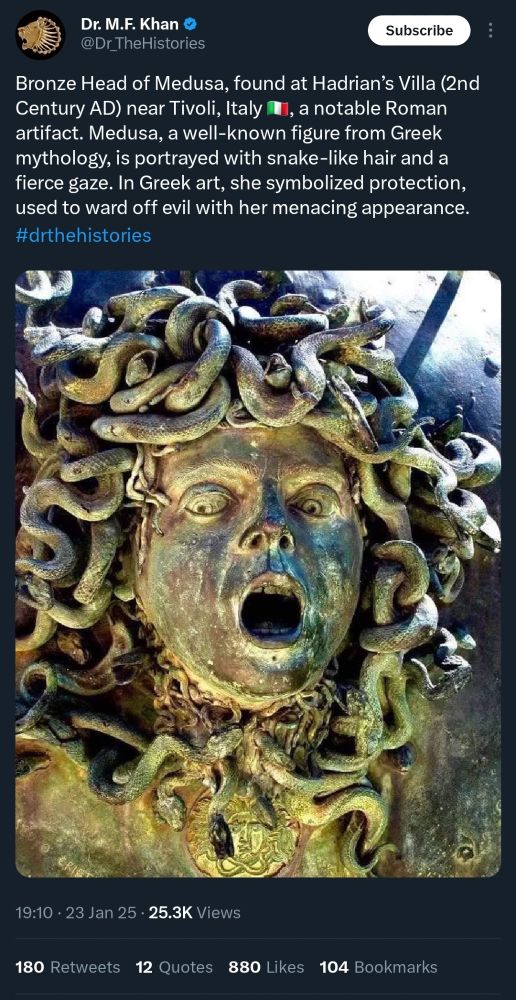
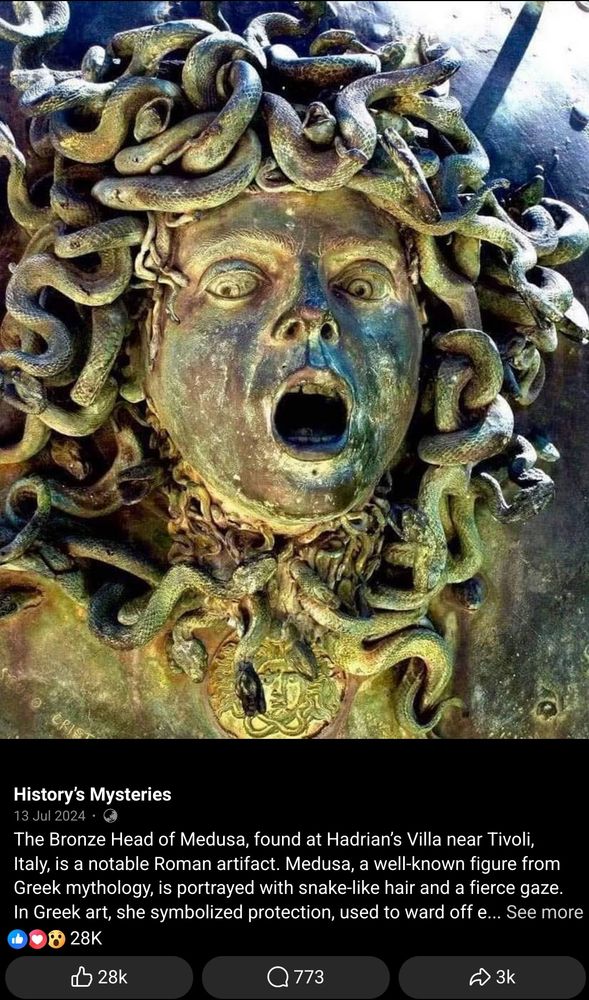
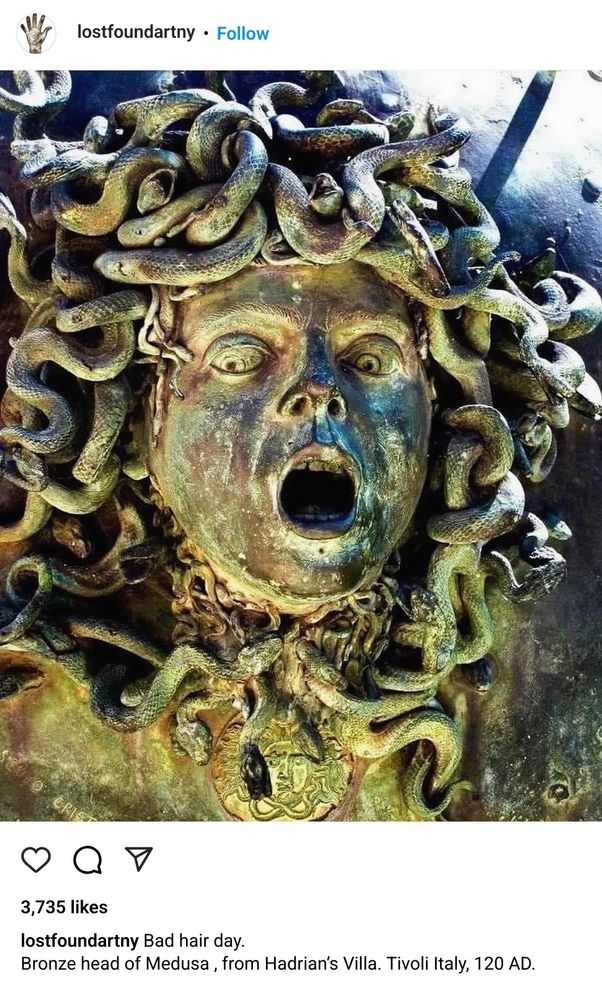
March, July etc existed before Mars, Julius etc 😂😂


